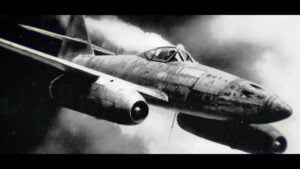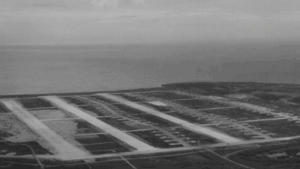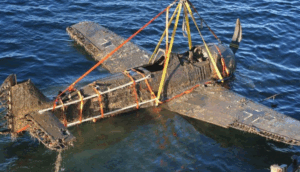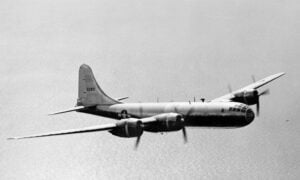Why German Aces Had So Many Kills In WW2

YouTube / Military History Visualized
The third most successful German ace of WWII, Günther Rall, explained why so many German aces have so many air kills during the war:
The Reason
Rall cited several conditions. First of all, to shoot down an enemy plane, you need to have a sufficient amount of them in your mission area. During the later stages of the war, several Allied pilots never saw a German plane.
In contrast, this phenomenon is uncommon on the German side after late 1941. Each of them matched or outnumbered the Germans in total planes alone.
Initial Numbers
During Operation Barbarossa, at the time of the German attack, the Soviet Air Force was made up of around 10,000-15,000 aircraft.

7,500 of these were deployed in the Soviet Western Theater. German aircraft on the other hand had approximately 2,800 aircraft deployed.
Other Factors
Another point Rall mentioned is that Allied pilots usually have a limited number of missions to fly, and they were rotated out or could return home.

Due to a shortage of German pilots, this wasn’t possible. As a result, most German pilots fought until they were killed, captured, or incapable of continuing to fight.

There are also other factors such as the initial superiority of German training for combat pilots as well as experiences from the Spanish Civil War. Moreover, every major country utilized various systems for counting kills and losses in WWII.





















